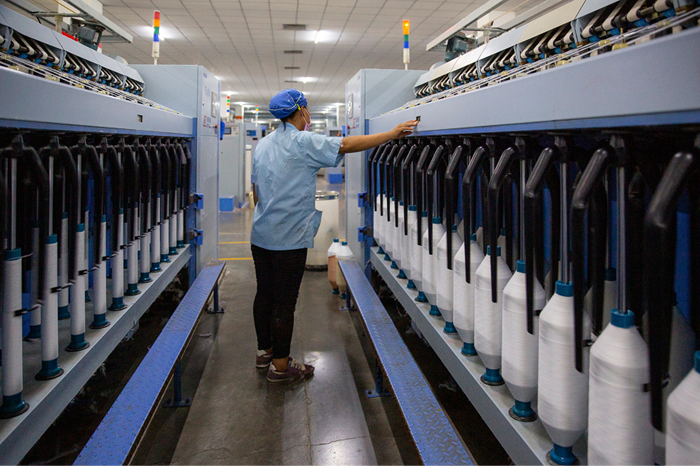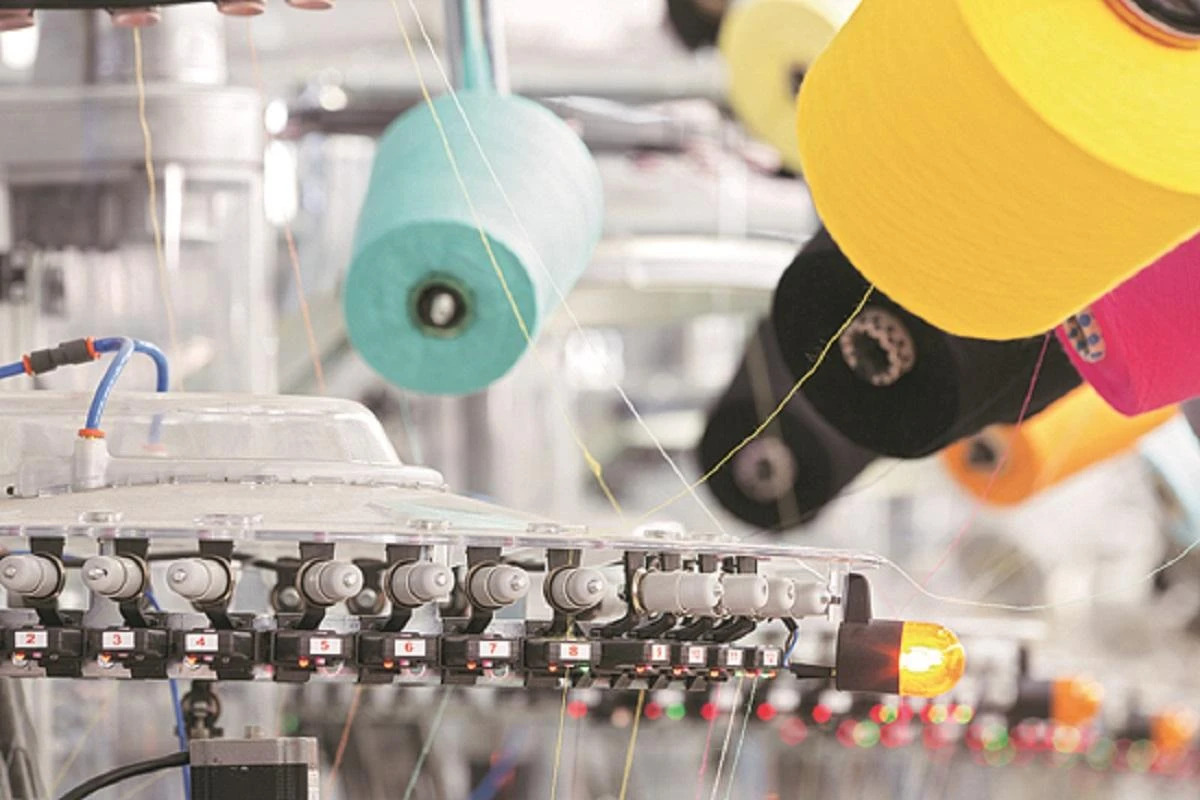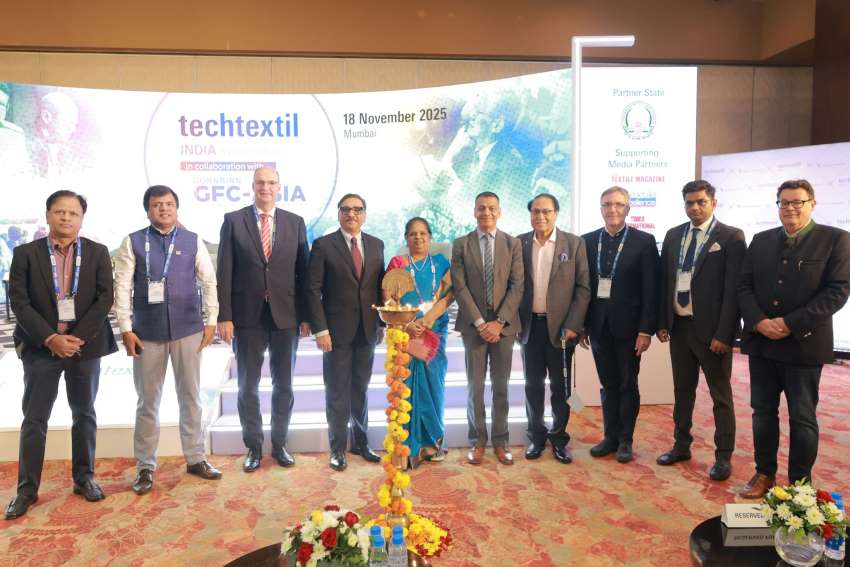"While sustainability rankings have gained prominence however, one doesn’t really know the authenticity of these reports and on what basis assessment are done. Sustainability assessment is complex, especially where the value chain is long and products are diverse. Rules to ensure a ‘level playing field’ are set out in guidelines for Life Cycle Assessment (LCA) by the International Organization of Standardization (ISO). ISO 14040:2006 and 14044:2006 provide broad guidance for quantifying environmental impacts of a product from cradle-to-grave. Importantly, in 2017 ISO provided clearer guidance on using an LCA approach for comparative"
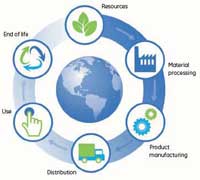 While sustainability rankings have gained prominence however, one doesn’t really know the authenticity of these reports and on what basis assessment are done. Sustainability assessment is complex, especially where the value chain is long and products are diverse. Rules to ensure a ‘level playing field’ are set out in guidelines for Life Cycle Assessment (LCA) by the International Organization of Standardization (ISO). ISO 14040:2006 and 14044:2006 provide broad guidance for quantifying environmental impacts of a product from cradle-to-grave. Importantly, in 2017 ISO provided clearer guidance on using an LCA approach for comparative assertions and for communicating a ‘footprint’ (a single score across one or few impacts). LCA is the most holistic system currently available, but it is still evolving. It is not a perfect tool and there are many dimensions of sustainability not captured in LCA.
While sustainability rankings have gained prominence however, one doesn’t really know the authenticity of these reports and on what basis assessment are done. Sustainability assessment is complex, especially where the value chain is long and products are diverse. Rules to ensure a ‘level playing field’ are set out in guidelines for Life Cycle Assessment (LCA) by the International Organization of Standardization (ISO). ISO 14040:2006 and 14044:2006 provide broad guidance for quantifying environmental impacts of a product from cradle-to-grave. Importantly, in 2017 ISO provided clearer guidance on using an LCA approach for comparative assertions and for communicating a ‘footprint’ (a single score across one or few impacts). LCA is the most holistic system currently available, but it is still evolving. It is not a perfect tool and there are many dimensions of sustainability not captured in LCA.
LCA provides a basis for a ‘level playing field’ across equivalent products but only if applied correctly. In practice, some data are frequently missing or of poor quality, and the assumptions or simplifications that are made because of this affect results and potentially bias comparisons. Simplifications such as not including the full life cycle or counting only a few environmental impact categories risk making the field no longer level. It is found that in apparel sustainability assessments, natural fibres such as wool are particularly disadvantaged.
Full life cycle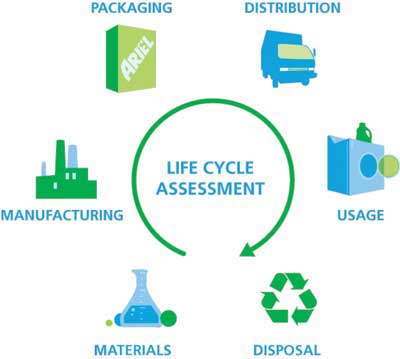
Each stage of the life cycle of a garment from extraction of raw materials to final disposal affects the environment in some way. It differs depending on the impact, type of apparel and material. Taking climate change as an example, over half of the full life cycle impact of wool garment commonly occurs at the raw material stage, while for polyester raw material may represent less than 10 per cent. Clearly, comparison at the fibre stage cannot give an accurate ranking for garments of different materials.
Levi Strauss’s 2013 LCA showed that over the full life of denim jeans, consumer care (washing, drying, etc.) represented 37 per cent of climate change and 23 per cent of water consumption impacts. Additionally, a paper by Consumption Research Norway (SIFO) revealed significant variations in consumer care across garments of different materials. Woolen garments were washed less frequently than cotton and at lower temperatures using a gentler cycle, with less tumble drying than the average for all laundry. According to the analysis, wool clothing commonly has a longer service life than equivalent items of alternative fibres, reducing ‘production burden’ per wear or per garment. Along with end-of-life biodegradability, this is another important factor in sustainability.
Environmental impact
To avoid trade-offs between impacts, ISO requires all categories of significance to be counted in publicly available comparisons. For issues such as microplastic pollution, where reliable indicators and quantification methods are not yet available, this limitation should be acknowledged. Where possible the risk of trade-offs should be identified. For example, moving to replace cotton with polyester in apparel may reduce water consumption and land use at the fibre production stage, but increase harm to marine and freshwater ecosystems and potentially human health due to microfibres.
Progress so far
Data issues, methodology development, and incorrect application of tools such as LCA are some of bug bears for successful sustainability assessment. Examples for wool include a new LCA study by The New Zealand Merino Company and an AWI survey to build on data and understanding of use phase. Continuing to report results & data and engage with organisations including the Sustainable Apparel Coalition (SAC) will improve the quality of apparel sustainability assessments. Technical experts globally are working on new and improved impact methods and while expertise in correctly applying these methods is growing across the industry, attentiveness is needed to ensure that not even unconscious bias undoes good progress towards a level playing field in this complex area.



